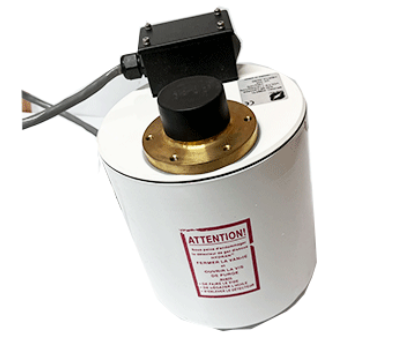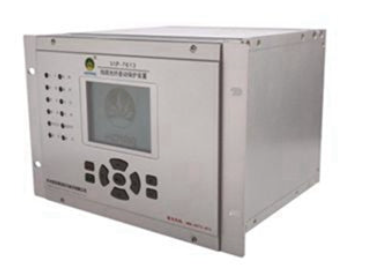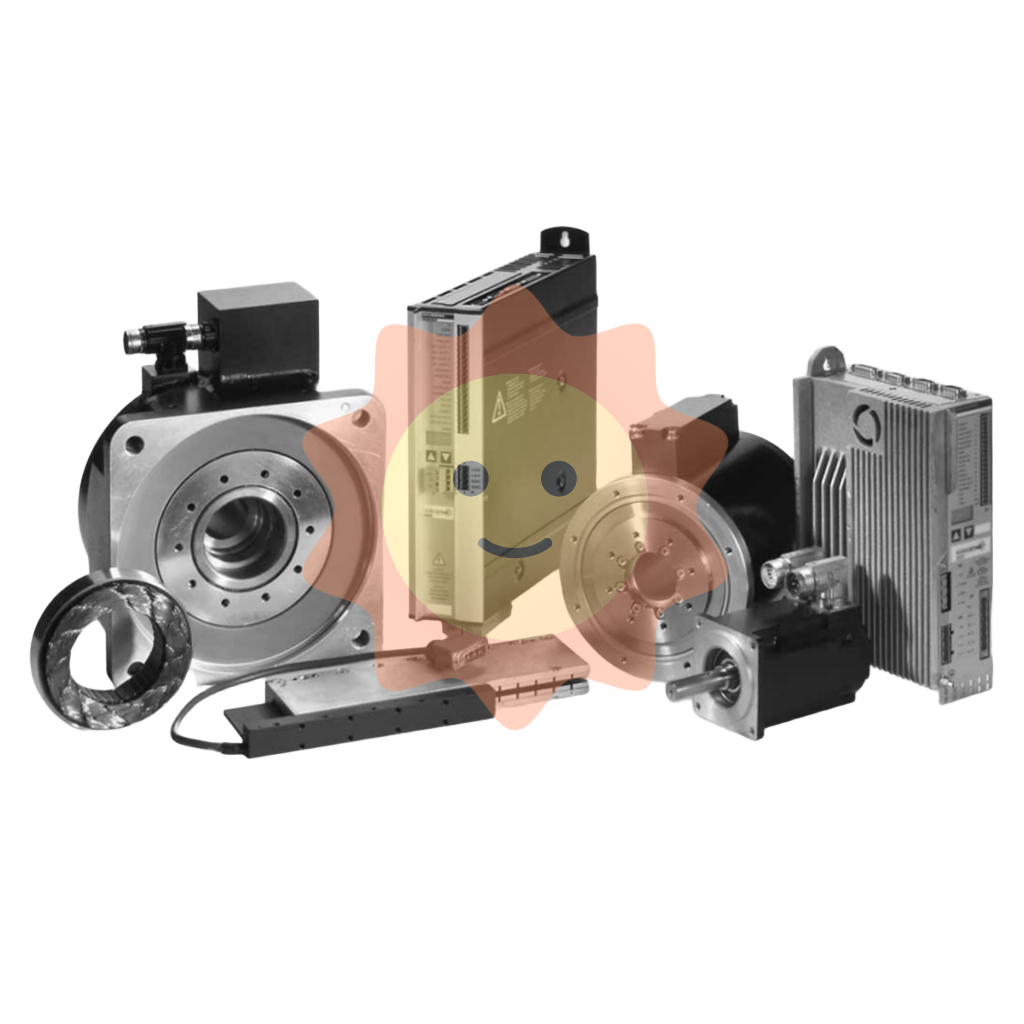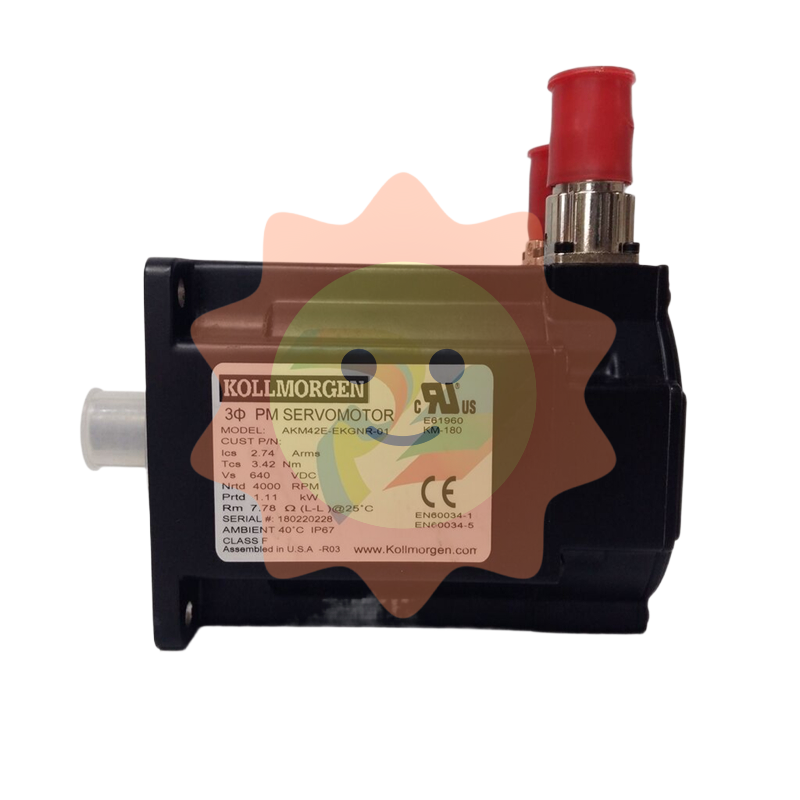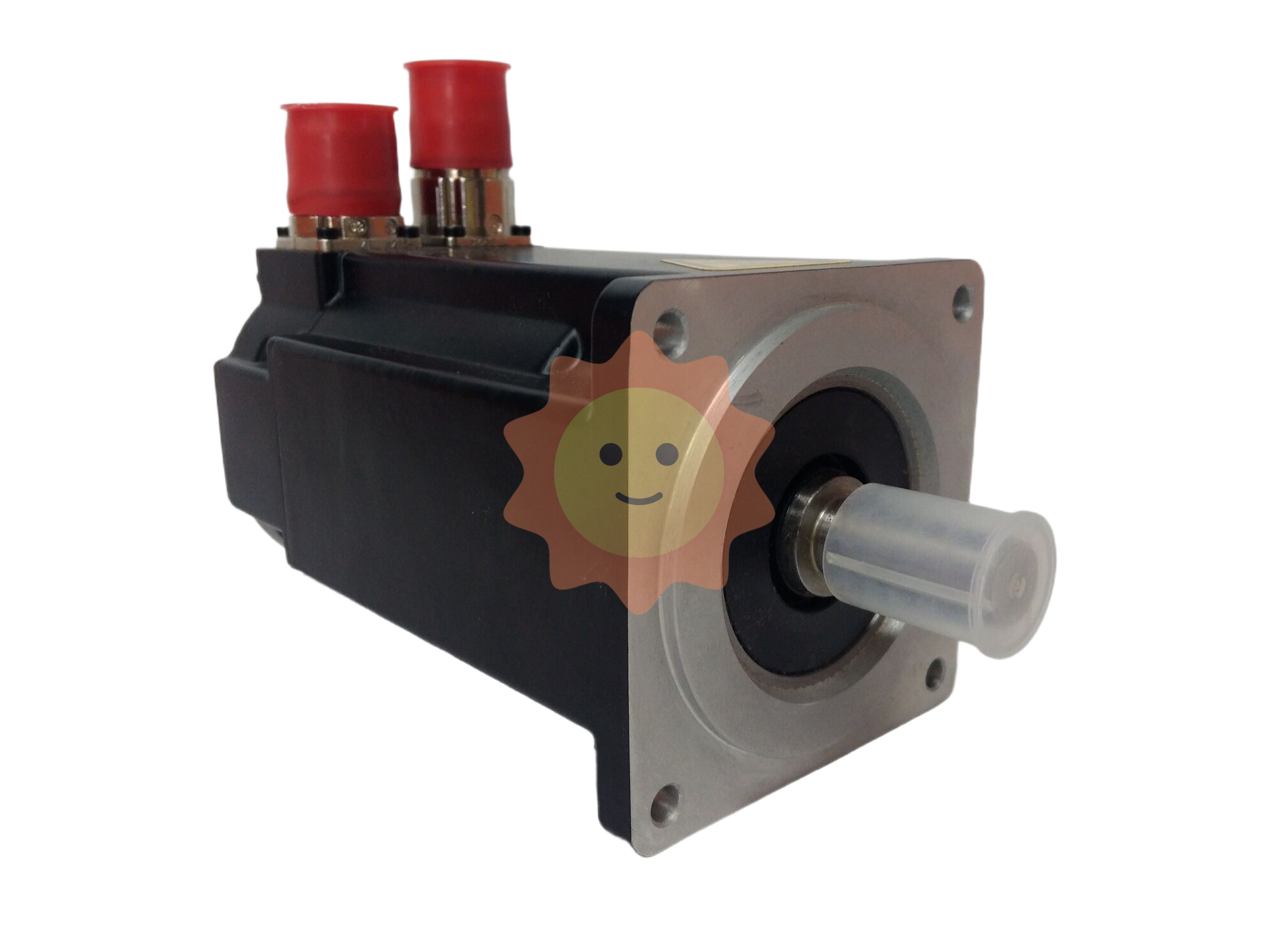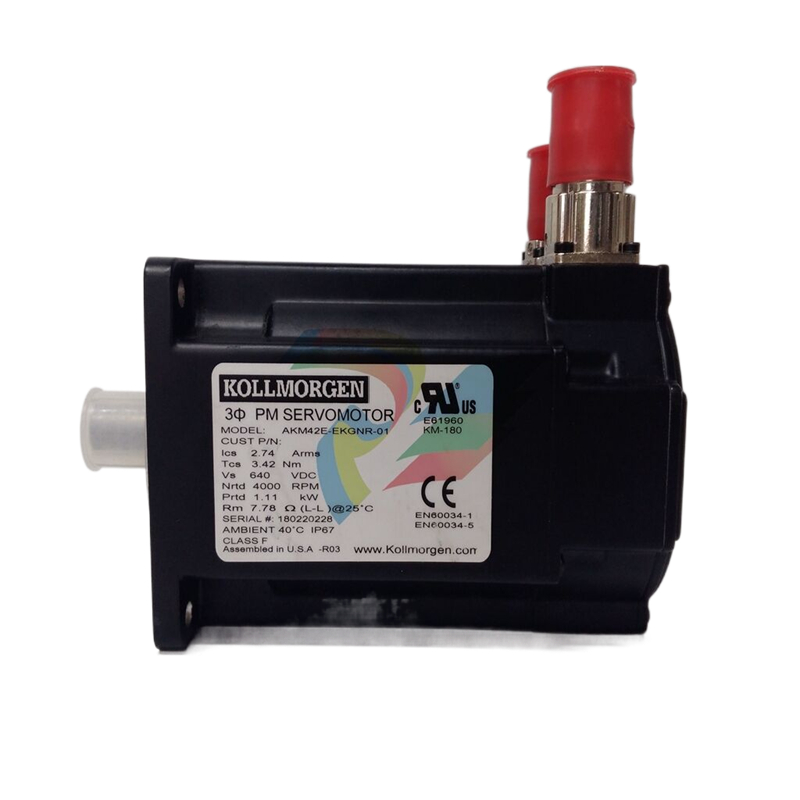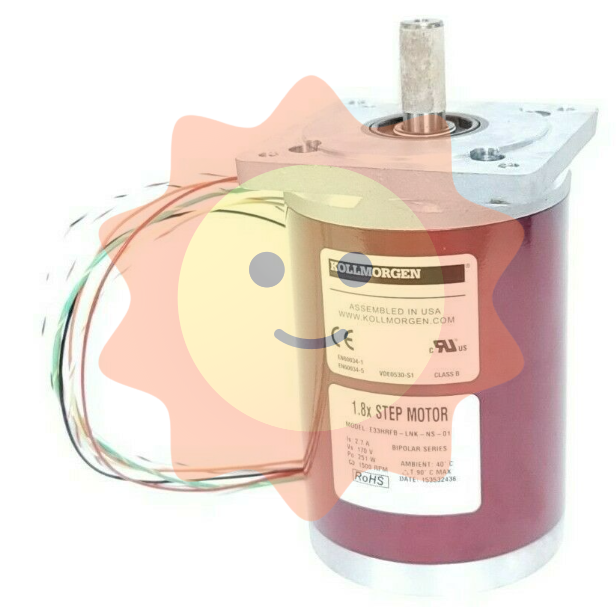The Guidelines for Chemical Process Safety Management embody four major ideas and trends
1. From the "Guidelines for the Implementation of Process Safety Management in Chemical Enterprises" to the "Guidelines for the management of Chemical Process Safety", which is also the management guidelines for the production safety of chemical enterprises, from emphasizing process safety to emphasizing process safety, why do the names of the two standards change like this?
Jiang Juncheng: The "Guidelines for the Implementation of Process Safety Management in Chemical Enterprises" was promulgated in 2011, emphasizing process safety and focusing on improving the level of chemical process safety management in China.
It can be said that Process Safety Management (PSM) is the key and difficult point of chemical enterprise safety management. Only by improving the level of process safety management can chemical enterprises fundamentally enhance their ability to prevent production safety accidents.
The process safety management system focuses on preventing major process accidents, such as fires, explosions and leaks of toxic chemicals. Process-related safety, the United States OSHA and China's AQ standard have the corresponding reference, which is one of the most important links in the safety management of chemical enterprises.

The "Guidelines for Chemical Process Safety Management" officially implemented on April 1 this year emphasizes process safety, which is to better guide and promote chemical enterprises to accelerate the management level of process safety management elements, improve the ability to prevent and resolve major safety risks, and promote the continuous and stable improvement of the national chemical safety production situation.
2. The elements of the new standard have been increased from 12 to 20 points, and management requirements such as device safety planning and design, major hazard safety management, and intrinsically safer have been added. What new trends do these new management requirements reflect in terms of concept evolution and technology development of chemical safety management?
Jiang Juncheng: The new management requirements mainly reflect the following concepts and trends:
First, the whole life cycle safety management concept.
For example, the new management requirements for device safety planning and design reflect the increasing emphasis and attention of modern chemical process safety management on the whole life cycle safety management of chemical device design, construction, production, storage, use, waste disposal, etc.
For a long time in the past, the security management of enterprise equipment and device mainly focuses on the security management of device use and maintenance stage, and this management mode has limitations. In the modern safety management concept, the scope of safety management of equipment and devices begins to expand, from pre-planning, design, manufacturing to selection, purchase, transportation, installation, and then to normal use, maintenance, technical transformation, scrap, etc., we call this whole process the full life cycle, safety management should cover the whole process and each link of the whole life cycle of the device.

Safety starts with design, starts with quality, and many accidents can be traced back to hidden dangers planted early in their projects. Therefore, for chemical equipment, safety planning and design management requirements are crucial, for example, in the planning and design stage of the device through risk analysis and assessment, in the design to take measures to reduce the safety risk of equipment, acceptance risk assessment after the purchase of equipment, from the source to reduce the safety risk of device use and maintenance process.
The second is prevention first, the concept of moving forward.
For example, the new management requirements for intrinsically safer aspects reflect the evolution of modern chemical safety management from traditional accident monitoring and early warning and emergency response after accidents to pre-accident prevention. This concept emphasizes the basic principles of Minimize, Substitute, Moderate and Simplify to eliminate process safety risks as much as possible in the initial stages of chemical process design, so as to minimize risks and realize the essential safety of processes to the greatest extent.
Strictly speaking, there is no absolute intrinsically safe process, and a process is considered intrinsically safer when it eliminates or minimizes hazardous features compared to other alternative processes. In contrast, the traditional safety method is aimed at hazard control, which can only reduce the probability of accidents or weaken the impact of accident consequences. While intrinsically safer emphasizes the elimination or minimization of hazards in the early stage of the process according to the inherent properties of substances and processes, and requires process safety to be considered in essence throughout the whole life cycle of the process, thus eliminating the possibility of accidents and achieving zero process accidents.
It should be noted that intrinsic safety and traditional safety methods are not mutually negative, but effectively complement each other and have different positions and roles in each stage of process life. Overall, intrinsic security dominates and plays a guiding role throughout the life cycle. For example, guiding traditional security methods to adopt essential enhancement schemes as far as possible at the stage level of their application.

The third is the concept of systematic management of process safety.
The core of the concept is to establish a management system applicable to the enterprise around the goal of managing and controlling process risks, implementing proactive and forward-looking management, and constantly improving management through regular audits.
The requirements of safety leadership, safety production responsibility system, safety culture construction, system audit and continuous improvement added in the new standard are all based on the domestic chemical process safety management practice, integrated with the international advanced process safety management concept, best practice experience and domestic safety production technical requirements, and strive to be close to the actual management of enterprises. Form a chemical process safety management system suitable for China's national conditions.
For example, safety leadership construction is an important guarantee for enterprises to achieve safe production, without "manager safety leadership", there is no "safety execution of all staff", it is not possible to talk about the implementation of process safety management; For another example, the safety production responsibility system is the core of enterprise safety management, and the establishment and implementation of the safety production responsibility system is the basis for enterprises to achieve safety production.
In the context of the concept of process safety management, enterprises should be committed to preventing and controlling security risks, so even if they meet the specific requirements of the "standard", "acceptance", "license" and other government regulations, it does not mean that everything is OK, but to constantly improve the corporate safety culture.
In addition, from the perspective of the system, the performance of a management system without any audit must eventually decline, so the effectiveness, applicability and implementation performance of the management system must be evaluated and audited regularly, so as to promote the continuous improvement of the management system.
Fourth, we will strengthen security risk management.
In recent years, there have been many advanced safety production and management concepts, such as HSE management system and safety production standardization system.
Under the HSE management system, occupational health and safety management and environmental management can be effectively integrated to effectively guarantee the occupational health and environmental protection of chemical enterprises; The standardization of safety production requires enterprises to promote the concept of safety first and prevention first.
From the overall development of the chemical industry, safety accidents occur from time to time, some enterprises lack safety production and management awareness, safety hazards are not timely and effective rectification, and enterprise production safety risks are great. The concept of production safety management has gradually developed with the improvement of people's awareness of production safety and health and the progress of science and technology. From the initial fatalistic thought to controllable thought, from a single factor to a system factor, from a single concern for casualties to a unified consideration of health and safety, it is the performance of continuous progress.

The new standard puts forward multiple requirements around security risk management. Strengthening security risk management is also an obvious feature of the national concept of strengthening security. The EU and its member states generally attach importance to and strengthen safety risk management, most of the EU countries have a high degree of industrialization, and attach great importance to the industrial information technology means for occupational safety and health supervision.
3. According to your research, what problems do chemical enterprises still face in terms of production safety management from the perspective of concept and technology? How will the implementation of the new standard help alleviate these problems?
Jiang Juncheng: In recent years, China's chemical safety production situation continues to be stable and good, but the high-risk nature of the chemical industry has not changed, and the long-term accumulation of problems has not been fundamentally solved. The safety foundation of some chemical enterprises is weak, the level of safety management is low, and the task of preventing and resolving major safety risks is difficult and complex.
First, in terms of production safety management, many enterprises still have the problem of lagging management concept, insufficient ideological understanding, low professional quality of production personnel, imperfect safety management system, low execution force, and low level of chemical safety technology. For example, the non-compliance of raw and auxiliary materials brings the risk of production and processing process safety, resulting in no safety guarantee in the production process; The risks caused by the old defects of equipment lead to unsafe behaviors easily lead to accidents and so on.

Second, some enterprises in the specific safety management construction work measures are not effective, failed to combine the current complex chemical production environment on the specific management elements to enrich, the existing management system contains elements and functional coverage is not comprehensive, coupled with the management personnel in the actual implementation of the process of the lack of professional cognition, resulting in unsatisfactory management results. At the same time, in the process of security management has not effectively introduced information technology means, resulting in the management system function is not comprehensive, low performance.
The standardized management of the whole process of chemical products from design, commissioning, manufacturing, transportation and so on is very important for the intrinsic safety. Therefore, we add the management element of "intrinsically safer" to the new standard, aiming to alleviate the current problems from the whole life cycle of the chemical production field, from the supply of raw materials to the whole life cycle of the product leaving the factory, transportation, entering the factory, processing, production and sale, from the whole process of project approval, design, construction, trial production and scale of the project equipment. Deep understanding, understanding and implementation of "intrinsically safer" this management element.
Compared with the old standard, the new standard updates and improves the existing management elements, such as safety production information management, equipment integrity management, etc., and adds many new management elements, such as safety production compliance management, major hazard safety management, etc. This will have a strong guiding significance and value for enterprises to update the safety management concept, improve the safety management system, and introduce new safety production technology.
- EMERSON
- Honeywell
- CTI
- Rolls-Royce
- General Electric
- Woodward
- Yaskawa
- xYCOM
- Motorola
- Siemens
- Rockwell
- ABB
- B&R
- HIMA
- Construction site
- electricity
- Automobile market
- PLC
- DCS
- Motor drivers
- VSD
- Implications
- cement
- CO2
- CEM
- methane
- Artificial intelligence
- Titanic
- Solar energy
- Hydrogen fuel cell
- Hydrogen and fuel cells
- Hydrogen and oxygen fuel cells
- tyre
- Chemical fiber
- dynamo
- corpuscle
- Pulp and paper
- printing
- fossil
- FANUC
- Food and beverage
- Life science
- Sewage treatment
- Personal care
- electricity
- boats
- infrastructure
- Automobile industry
- metallurgy
- Nuclear power generation
- Geothermal power generation
- Water and wastewater
- Infrastructure construction
- Mine hazard
- steel
- papermaking
- Natural gas industry
- Infrastructure construction
- Power and energy
- Rubber and plastic
- Renewable energy
- pharmacy
- mining
- Plastic industry
- Schneider
- Kongsberg
- NI
- Wind energy
- International petroleum
- International new energy network
- gas
- WATLOW
- ProSoft
- SEW
- wind
- ADVANCED
- Reliance
- YOKOGAWA
- TRICONEX
- FOXBORO
- METSO
- MAN
- Advantest
- ADVANCED
- ALSTOM
- Control Wave
- AB
- AMAT
- STUDER
- KONGSBERG
- MOTOROLA
- DANAHER MOTION
- Bently
- Galil
- EATON
- MOLEX
- Triconex
- DEIF
- B&W
- ZYGO
- Aerotech
- DANFOSS
- KOLLMORGEN
- Beijer
- Endress+Hauser
- MOOG


Email:wang@kongjiangauto.com

